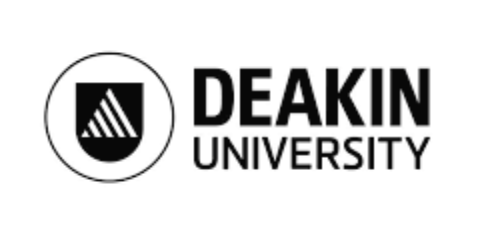Why Invest in Education
-
Expanding Education Market
India is home to the world’s largest network of higher-learning institutions, with over 40,000 colleges and 993 universities.
-
Attractive Investment Opportunities
Indian tech startups secured USD 3.94 Bn in investments across 155 deals in FY22.
-
Global Education Hub
The National Education Policy (NEP) is positioning India as a global destination for education.
-
Increasing Demand for Quality and Specialized Education
The growing middle class, with rising disposable incomes, is driving demand for quality education and international standards. Simultaneously, the push towards advanced manufacturing and digital transformation is fueling a surge in demand for Industry 4.0 skills.

Incentives & Schemes
-
Skill India Mission
-
Scheme for Promotion of Academic and Research Collaboration (SPARC)
-
International Financial Services Centres Authority (Setting up and Operation of International Branch Campuses and Offshore Education Centres) Regulations, 2022
-
100% FDI under automatic route in educational institutions
-
PM-Vidyalaxmi Scheme 2024
-
University Grants Commission (Setting up and Operation of Campuses of Foreign Higher Educational Institutions in India) Regulations, 2023
-
National Education Policy 2020












